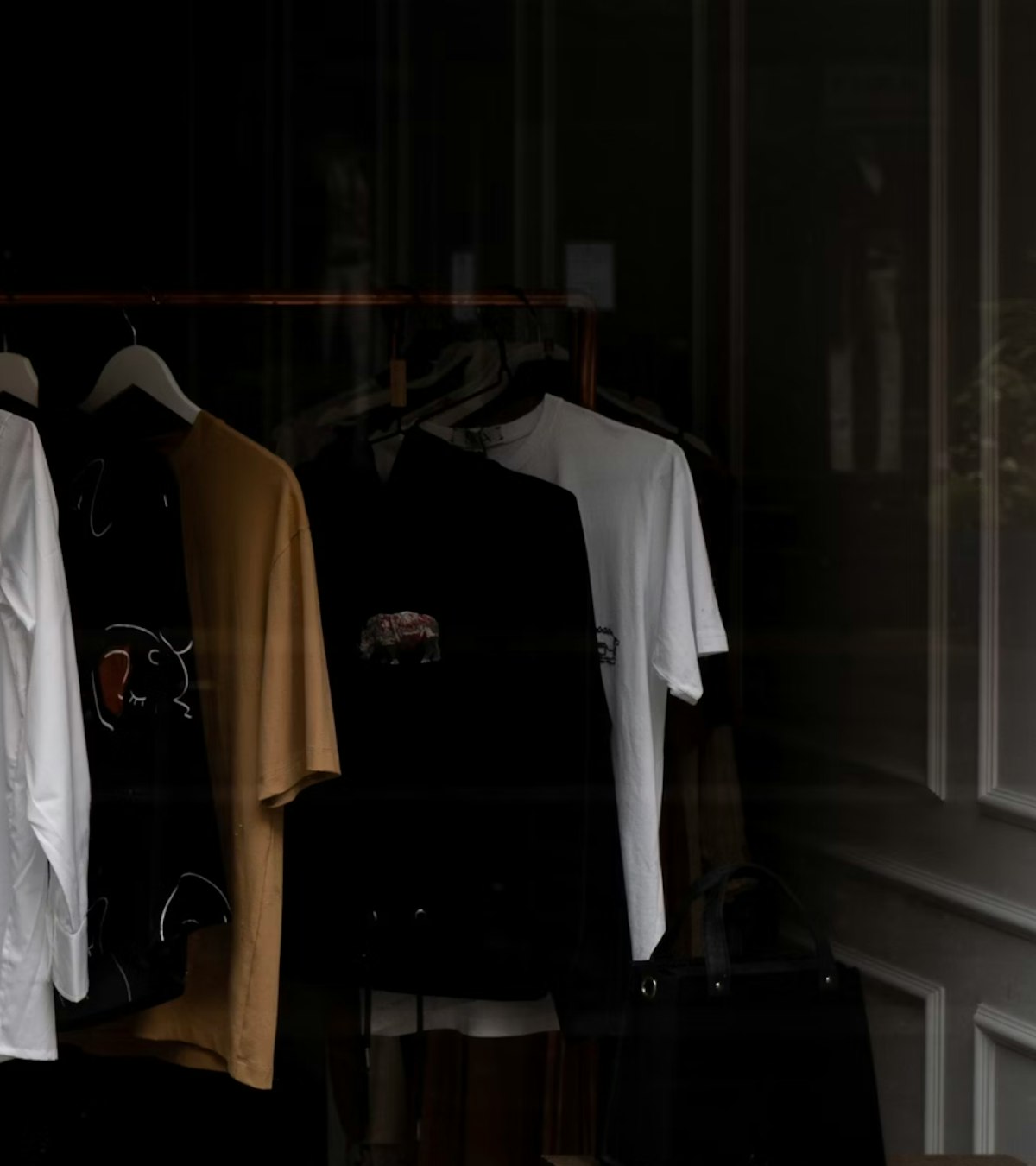On April 2nd 2025, President Donald Trump sent shockwaves across global markets with the announcement of a sweeping set of tariffs he argued would bolster the American economy.
Tariffs are taxes imposed on imported goods, designed to make foreign products more expensive and, in theory, encourage consumers to buy domestically produced alternatives. Imposed on numerous countries from South Korea to Switzerland, these measures raised the effective tariff rate from 2.5% in January to an estimated 27% in April 2025, the highest level in over a century.
Many of the US-based retailers we work with rely on imported goods and services from outside the US, and so we’re often asked what impact these tariffs are having on retail. Are retailers raising prices to absorb the higher import costs? Is consumer behavior (and crucially, their spending) changing in response?
We analyzed data from a number of our North American clients across Beauty & Cosmetics, Fashion & Footwear, and a third category (Other) which contains Furniture, Entertainment, and Marketplaces, to gain answers to these questions. We used data from April 2023 and a YoY comparison of March - May 2025 vs March - May 2024.
Keep reading to find out what impact the tariffs are having on both consumer behavior and retail performance so far.







